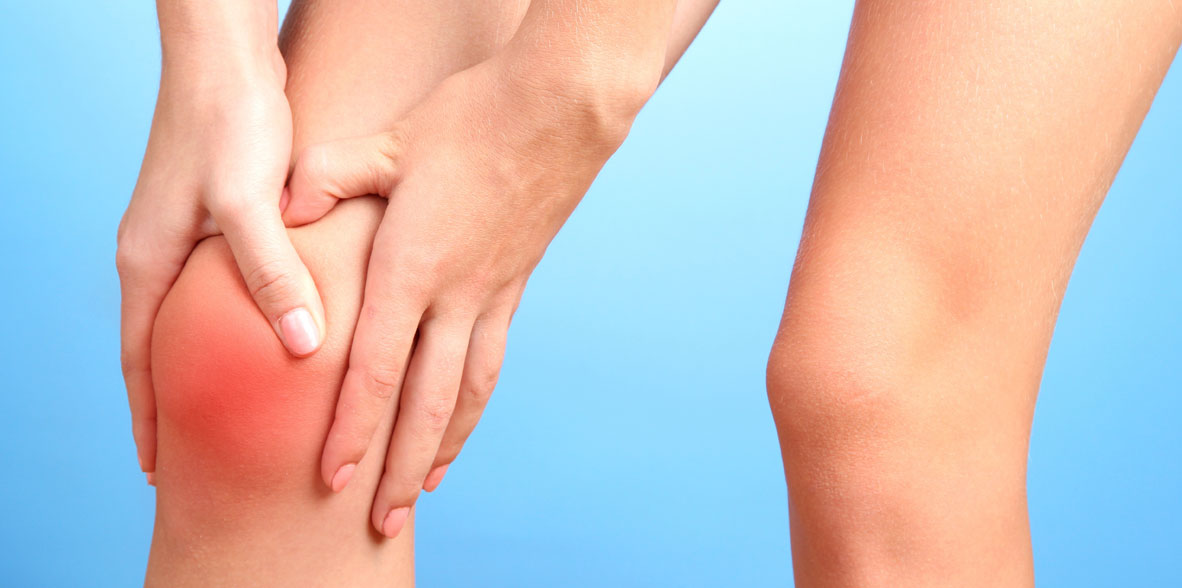

 Centro Médico Teknonen/health-centers/centro-medico-teknon
Centro Médico Teknonen/health-centers/centro-medico-teknon- Centro Médico Teknonen/health-centers/centro-medico-teknonHospital Universitari General de Catalunyaen/health-centers/hospital-universitari-general-catalunya
 Centro Médico Teknonen/health-centers/centro-medico-teknonHospital Universitari Sagrat Coren/health-centers/hospital-universitari-sagrat-cor
Centro Médico Teknonen/health-centers/centro-medico-teknonHospital Universitari Sagrat Coren/health-centers/hospital-universitari-sagrat-cor
What is?
Osteoporosis is a skeletal disease in which there is a decrease in bone mass density. Thus, the bones become more porous, the number and size of the cavities or cells that exist inside them increase, they are more fragile, they resist blows less well and they break more easily.
Causes
Inside the bone, numerous metabolic changes take place throughout life, alternating phases of bone destruction and formation. These phases are regulated by different hormones, physical activity, diet, toxic habits and vitamin D, among other factors.
Under normal conditions, a person reaches the maximum amount of bone mass at the age of 30-35 years ("peak bone mass"). From that moment, there is a natural loss of bone mass.
Women have osteoporosis more frequently for several reasons: their peak bone mass is usually lower than that of men, and bone loss accelerates with menopause (postmenopausal osteoporosis).
There are many other causes of osteoporosis: alcoholism, drugs (glucocorticoids, hormonal treatment used to treat breast and prostate cancer...), rheumatic, endocrine, hepatic inflammatory diseases, kidney failure, among others.
Symptoms
Osteoporosis is called a silent epidemic because it does not manifest symptoms until bone loss is severe enough to cause fractures. The most frequent fractures are vertebral, hip and wrist (Colles fracture or distal end of the radius). Hip fracture is especially important since it is considered a serious event because it requires surgical intervention, hospital admission, and implies a loss of quality of life for the patient, even for a short period of time.
Prevalence
This disease mainly affects women after menopause, although it can also affect men, adolescents and even children before or before menopause. Specifically, in Spain, approximately 2 million women suffer from osteoporosis, with a prevalence in the postmenopausal population of 25% (1 in 4). It is estimated that this disease is the cause of about 25,000 fractures each year. Approximately 1 in 3 women and 1 in 5 men over the age of 50 will suffer an osteoporotic fracture in their lifetime.
Diagnosis
Although it is a silent disease, rheumatologists currently have a wide range of tools for its early diagnosis and thus adapt treatment, either to prevent loss of bone mass or to combat osteoporosis.
There are lifestyle habits that can help improve bone quality such as: adequate calcium intake, physical exercise and not smoking. The exact amount of Calcium varies with age, but many adults will need 1,000 to 1,500 mg per day. This intake can be done with natural foods rich in calcium (especially milk and its derivatives) or as supplements in the form of medicines (calcium salts). In the latter case there must be a control by your doctor on the amount and the administration schedule.
Similarly, vitamin D is a fundamental substance for bone. Its daily needs are achieved mainly by its formation in the skin when it receives the effect of solar radiation.
De igual manera, la vitamina D es una sustancia fundamental para el hueso. Sus necesidades diarias se consiguen fundamentalmente por la formación de la misma en la piel cuando recibe el efecto de la irradiación solar.
Treatment
The goal of osteoporosis treatment is to reduce the number of fragility fractures.
As a general measure, it is recommended to maintain healthy lifestyle habits, such as a balanced diet rich in calcium, quitting tobacco and excessive alcohol consumption, as well as carrying out controlled daily exercise to prevent falls. Also, some people may require calcium and vitamin D supplements.
Antiresorptive treatment is one that prevents loss of bone mass. This group includes drugs such as bisphosphonates (alendronate, risedronate, zoledronate...), denosumab, selective estrogen receptor modulators (raloxifene, bazedoxifene) and estrogens. Osteoforming treatment, as its name suggests, stimulates the formation of new bone and teriparatide is included within this group. Finally, the drug that presents a mixed mechanism of action (antiresorptive and osteoforming) is strontium ranelate.
However, the rheumatologist will assess the characteristics of the patient, his pathological history and risk factors for osteoporosis and will decide in each situation which is the most appropriate drug in each case.



































